The rise of PEPE
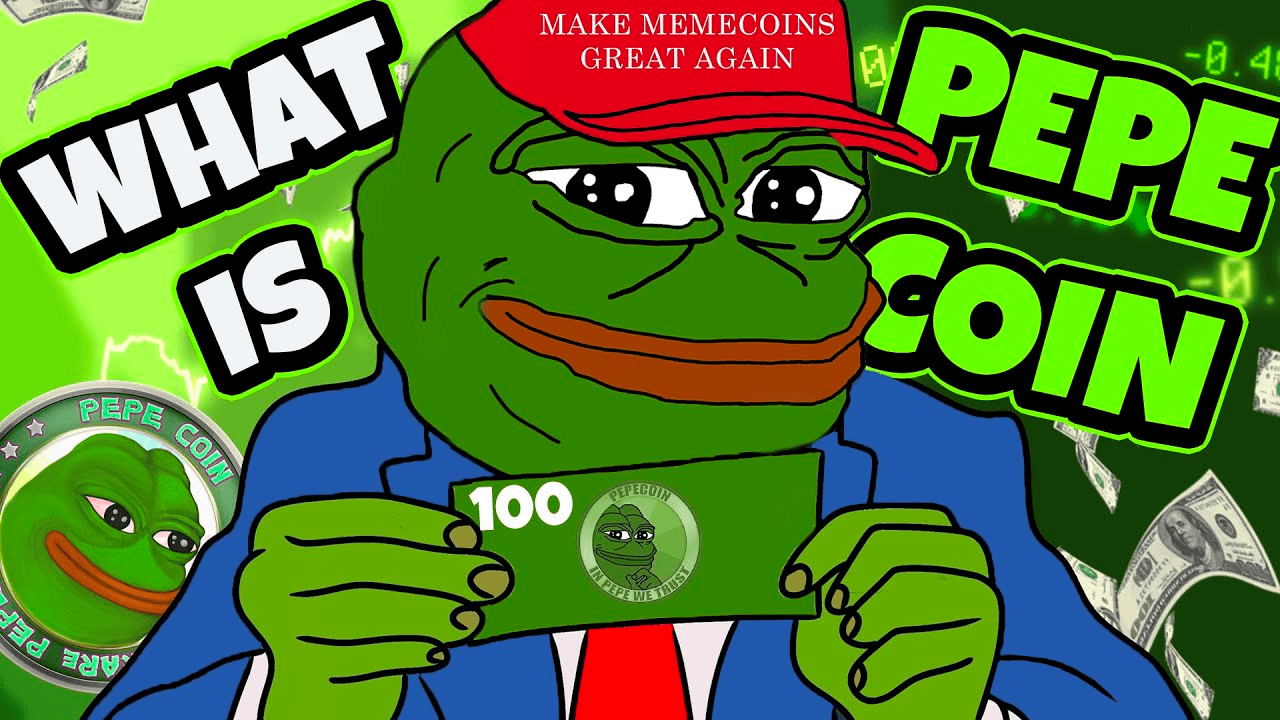
Ironically, PEPE's main selling point is that there isn't one. The cryptocurrency's official website has a disclaimer that reads as follows and explains investing in the token:
“$PEPE is a meme coin with no intrinsic value or expectation of financial return. There is no formal team or roadmap. the coin is completely useless and for entertainment purposes only.”

What is PEPE?
A deflationary meme coin called PEPE was introduced on Ethereum. The digital currency was developed as an homage to Matt Furie's Pepe the Frog online meme, which rose to fame in the early 2000s.
The project seeks to become one of the leading meme-based cryptocurrencies by leveraging the popularity of meme coins like Shiba Inu and Dogecoin. By adopting a no-tax policy, a redistributive structure that rewards long-term stakers, and a burning mechanism to preserve coin scarcity, PEPE appeals to the cryptocurrency community.
The PEPE plan consists of three parts, with phase one involving CoinMarketCap listing and phase two involving listing on centralized exchanges (CEXs), and phase three involving listings on "tier 1" exchanges and what the company refers to as a "meme takeover."
Who Are the Founders of Pepe?
The names and identities of the project's creators are not included in the material on PepeCoin's website. According to its description, PepeCoin is a community-driven initiative that emphasizes meme adoption and meme culture. The project appears to have been started by an unnamed group of people who have since withdrawn from actively participating in the creation and promotion of the coin.
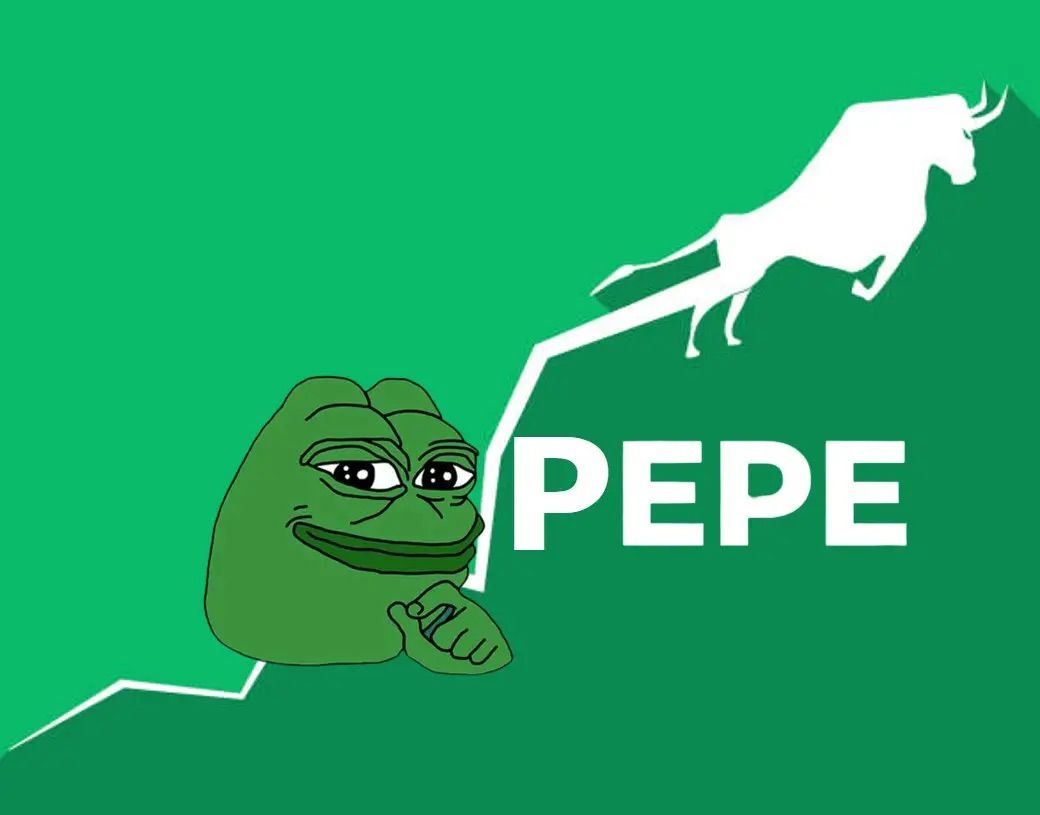
Why This Hype on PEPE?
The biggest cryptocurrency exchange in the world, Binance, has announced the inclusion of PEPE and Floki Inu (FLOKI) in its Innovation Zone. The company states that a listing charge of 0 BNB is applicable to trading pairings that include the FLOKI and PEPE teams.
By the end of today, the exchange will have begun trading for spot pairings such FLOKI/USDT, FLOKI/TUSD, PEPE/USDT, according to a statement made public by Binance.
Users are thus urged to start putting money into either one or both of the two memecoins. Users will be able to deposit FLOKI and PEPE starting today, but withdrawals won't be permitted until May 6.
$27 to nearly $5 million in 20 days pic.twitter.com/pW3sV0gE8g
— borovik.eth (@3orovik) May 5, 2023
Pepe has already created hundreds of millionaires similar to the doge millionaires of the past bull run. Which attracted even more people to FOMO in on the project.
Currently, Pepe seems to be treading a similar path to its more well-known meme coin counterparts Dogecoin and shiba inu. More than 74% of people are positive about Pepe (PEPE) today, indicating that the community is optimistic. With a price increase of 1,106.30% in the last 7 days, Pepe (PEPE) is outperforming the global cryptocurrency market which is up 1.10%, while outperforming when compared to similar Ethereum Ecosystem cryptocurrencies which are up 12.70%.
Due to a lot of people underestimating the FROG coin since the introductions of PEPE futures pairs on big derivatives exchanges like Binance and Bybit PEPE has been in an infinite short squeeze with funding rates rarely going higher than -1%
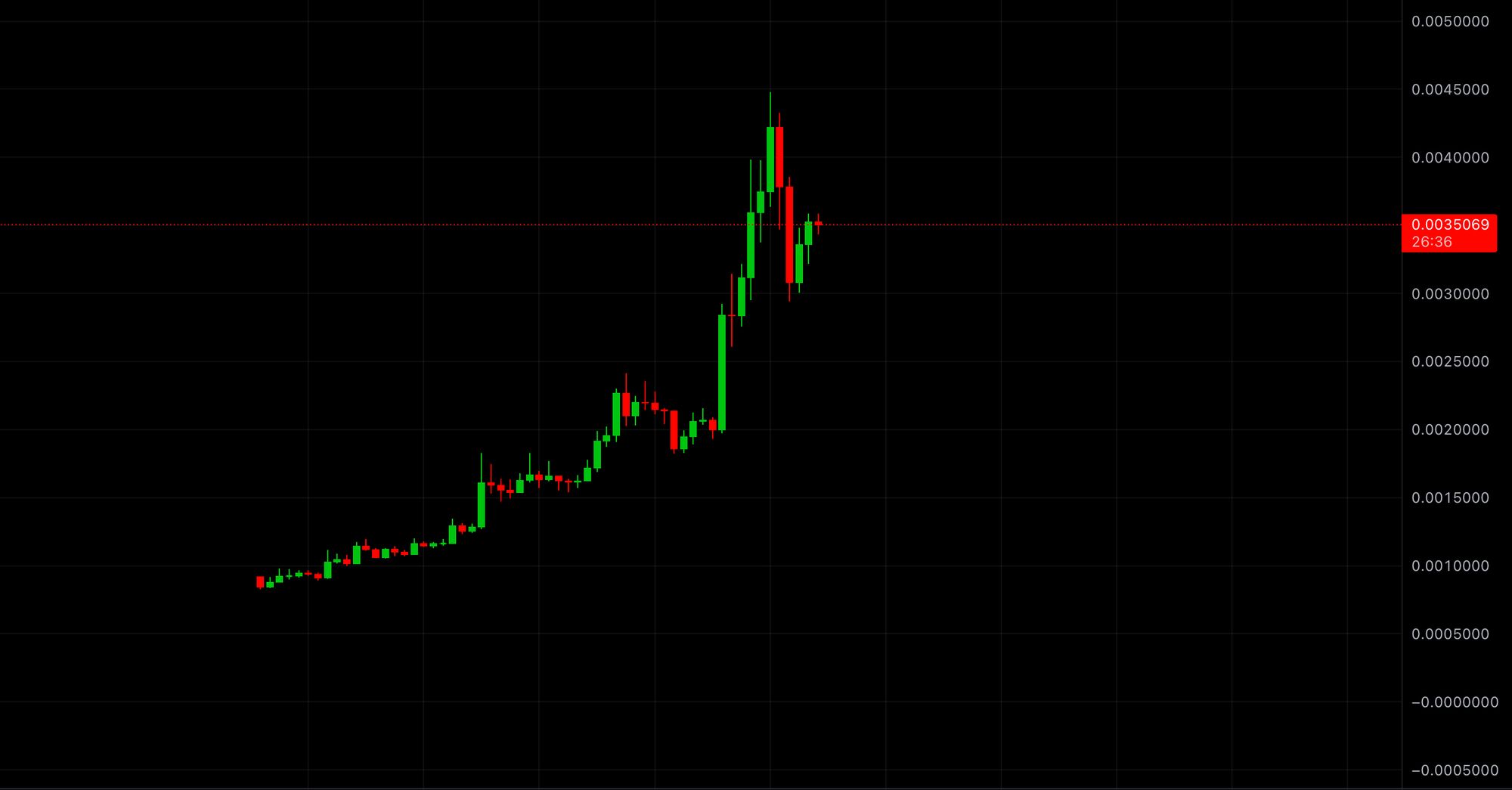
So what about you did you get in early on Pepe? leave us a comment.
We are happy to inform you that this article was written in collaboration with one of our new partners Joe Atallah.
Legal Disclaimer:
The Content is for informational purposes only, you should not construe any such information or other material as legal, tax, investment, financial, or other advice. Always do your own research.
INVESTMENT RISKS:
There are risks associated with investing in securities. Investing in stocks, bonds, crypto, exchange traded funds, mutual funds, and money market funds involve risk of loss. Loss of principal is possible. Some high-risk investments may use leverage, which will accentuate gains & losses. Foreign investing involves special risks, including a greater volatility and political, economic and currency risks and differences in accounting methods. A securities or a firm’s past investment performance is not a guarantee or predictor of future investment performance.
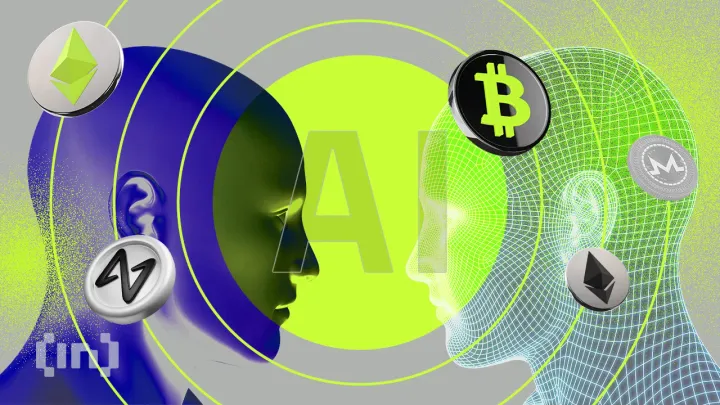
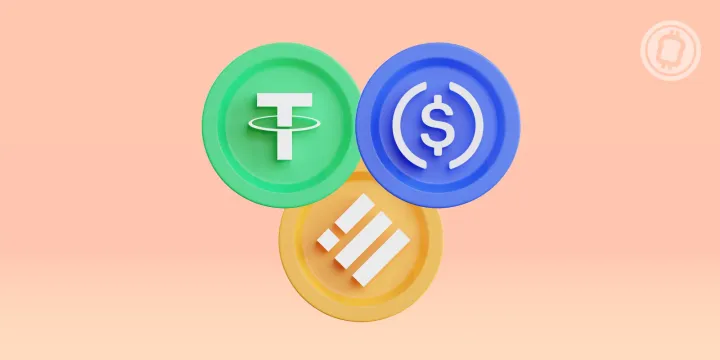

Comments ()